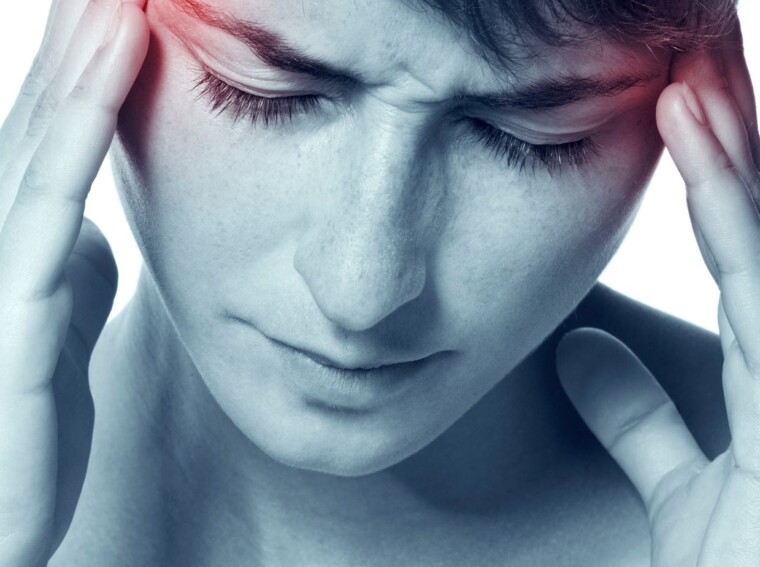How Long After Taking Tylenol Can I Take Excedrin Migraine
If you’ve ever grappled with a pounding headache or a debilitating migraine, you’ve likely reached for over-the-counter relief like Tylenol or Excedrin Migraine. But how long should you wait between doses of these two common medications? I’m here to shed some light on this important topic.
Tylenol, known generically as acetaminophen, is often the first line of defense against pain and fever. On the other hand, Excedrin Migraine—a potent blend of aspirin, acetaminophen, and caffeine—is specifically designed to combat severe headaches. While both can be effective in their own right, it’s critical to understand how long after taking Tylenol you can safely take Excedrin Migraine.
Navigating the world of medication interactions can seem daunting. However, knowing what potential issues could arise from combining certain drugs is vital for your health and well-being. In particular, understanding possible interactions between Tylenol and Excedrin Migraine will help ensure that you’re using these medications responsibly — avoiding any unnecessary risks while maximizing their benefits.
Understanding Tylenol and Excedrin Migraine
When it comes to managing pain, we often find ourselves reaching for over-the-counter solutions like Tylenol and Excedrin Migraine. But what exactly are these medications, and how do they interact with each other?
Delving into the world of over-the-counter pain relievers, we first encounter Tylenol. It’s an extremely common medication known generically as acetaminophen. This drug is a staple in many homes thanks to its effectiveness at reducing fever and easing minor aches and pains.
On the other hand, there’s Excedrin Migraine. Unlike Tylenol which contains just one active ingredient, Excedrin Migraine is a cocktail of three – acetaminophen (yes, the same as in Tylenol), aspirin, and caffeine. This combination is particularly effective at tackling migraines.
The million-dollar question then becomes: “How long after taking Tylenol can I take Excedrin Migraine?”. And more importantly – “What are the possible interactions?”. Well, given that both products contain acetaminophen, you need to be careful not to exceed the maximum daily dose of 4000 mg (for most healthy adults). Taking too much acetaminophen can lead to liver damage or even failure.
Moreover, if you’ve been prescribed any medication that contains blood thinners or has antiplatelet effects (like warfarin or Plavix), you should exercise caution when adding Excedrin Migraine into your regimen due to its aspirin content.
Finally yet importantly, caffeine – while generally safe – can cause insomnia, irritability or rapid heartbeat especially in larger doses. Remember that moderation is key here!
In summary:
- Both Tylenol & Excedrin contain Acetaminophen
- Care should be taken not exceed the daily limit of 4000 mg
- Excedrin Migraine also contains Aspirin & Caffeine
- Consult your doctor if you’re on blood thinners or antiplatelet medication
- Mind your caffeine intake to avoid potential side effects
Remember, it’s always prudent to consult with a healthcare professional before making changes to your medication routine. Your health is too precious to leave up to guesswork!

Key Ingredients in Tylenol and Excedrin Migraine
When it comes to understanding how long after taking Tylenol you can take Excedrin Migraine, it’s critical to first comprehend what makes up these medications. Let’s delve into the key ingredients of both.
Tylenol, known generically as Acetaminophen, is a common over-the-counter pain and fever reliever. It’s utilized for various conditions such as headache, muscle aches, arthritis, backache, toothaches, colds, and fevers.
On the other hand we have Excedrin Migraine which is a combination drug composed of three active ingredients: Acetaminophen (same as in Tylenol), Aspirin and Caffeine. This trifecta works together with each playing its unique role. Acetaminophen acts as a pain reliever while the Aspirin aids by reducing the body’s production of substances that may trigger inflammation and pain. Lastly but not least important is caffeine which boosts pain-relieving effects by helping your body absorb the medication faster.
Now that I’ve given an overview of what each drug contains, let’s get into potential interactions between them. The primary concern when combining these drugs arises from their shared ingredient – Acetaminophen. Consuming too much acetaminophen can cause liver damage or failure which are serious health complications.
Therefore it becomes essential to monitor your overall intake of this compound within a 24 hours period when consuming both drugs together or consecutively. For healthy adults with no liver problems it’s generally safe not to exceed 4000 mg of acetaminophen per day.
In conclusion about ‘how long after taking Tylenol can I take Excedrin Migraine’, one must consider several factors like total consumption within 24 hours and individual health status among others before making that decision – which ideally should be made in consultation with a healthcare provider. It’s always better to be on the safe side when it comes to medication intake and interactions.

